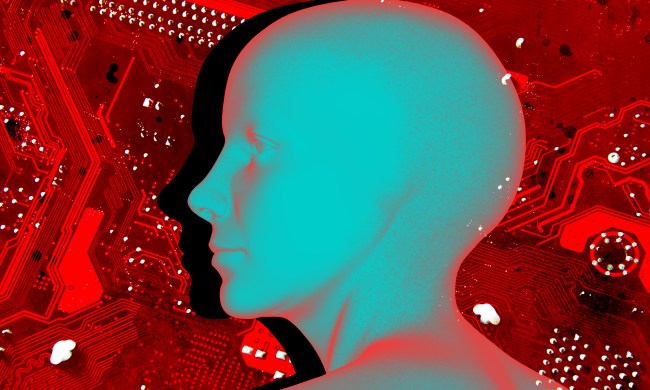Our hands are like a bridge between the intentions laid out by the brain and the physical world, carrying out our wishes by letting us turn thoughts into actions. If robots are going to truly live up to their potential when it comes to interaction, it’s crucial that they therefore have some similar instrument at their disposal.
We know that roboticists are building some astonishingly intricate robot hands already. But they also need the smarts to control them — being capable of properly gripping objects both according to their shape and their hardness or softness. You don’t want your future robot co-worker to crush your hand into gory mush when it shakes hands with you on its first day in the office.
Fortunately, this is what researchers from Germany have been working on with a new, more brain-inspired neural network that can allow a robotic hand (in this case, an existing model called a Schunk SVH 5-finger hand) to learn how to pick up objects of different shapes and hardness levels by selecting the correct grasping motion. In a proof-of-concept demonstration, the robot hand was able to pick up an unusual range of objects including — but not limited to — a plastic bottle, tennis ball, sponge, rubber duck, pen, and an assortment of balloons.

“Our approach has two main components: The modeling of motion of the hand, and the compliant control,” Juan Camilo Vasquez Tieck, a research scientist at FZI Forschungszentrum Informatik in Karlsruhe, Germany, told Digital Trends. “The hand is modeled in a hierarchy of different layers, and the motion is represented with motion primitives. All the joints of one finger are coordinated by a finger-primitive. For one particular grasping motion, all the fingers are coordinated by a hand-primitive.”
In other words, he explained, it can close its hand in different ways.
The system represents a different way of developing robotic systems for carrying out these kinds of actions. The neural network involved allows the hand to grasp more intelligently, making real-time adaptations where necessary.
“Spiking neural networks (SNN) are a special kind of artificial neural networks that model closer the way real neurons work,” Tieck continued. “There are many spiking neuron models based on neuroscience research. For this work, we used leaky integrate and fire (LIF) neurons. The communication between neurons is event-based, using spikes. Spikes are discrete impulses, and not a continuous signal. This … reduces the amount of information being sent between neurons and provides great power efficiency.”
A paper describing the work was recently published in the journal IEEE Robotics and Automation Letters.


